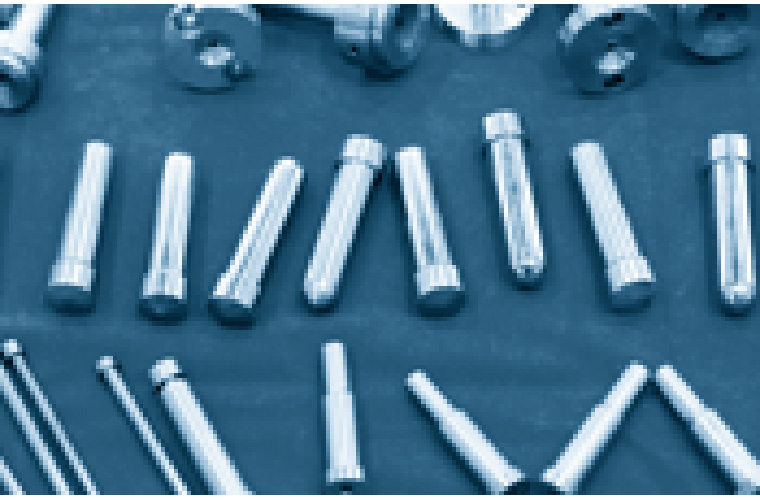Main Menu
- Home
- Product Finder
- Calibration Systems
- Calibration Services
- Digital Sensing
- Industrial Vibration Calibration
- Modal and Vibration Testing
- Non-Destructive Testing
- Sound & Vibration Rental Program
- Learn
- About Us
- Contact Us
 In the Medical industry, shipping defective, non-conforming
parts that have the potential to affect patient safety can be catastrophic. The exposure to liability and government oversight can extend to your company and your medical partners. Non-Destructive Test Resonant Acoustic Method (NDT-RAM™)
inspection is a resonant inspection technique designed to help you manufacture 100% fully inspected metal injection molded parts, giving you assurance in the integrity of your product and performance. Learn more about NDT-RAM.
In the Medical industry, shipping defective, non-conforming
parts that have the potential to affect patient safety can be catastrophic. The exposure to liability and government oversight can extend to your company and your medical partners. Non-Destructive Test Resonant Acoustic Method (NDT-RAM™)
inspection is a resonant inspection technique designed to help you manufacture 100% fully inspected metal injection molded parts, giving you assurance in the integrity of your product and performance. Learn more about NDT-RAM.
NDT-RAM Resonant Inspection can be used to provide 100% quality inspection for medical parts such as:
|
|
In metal injected molded (MIM) or powdered metal injection molded (PIM) parts, NDT-RAM detects variances such as cracks, voids, missing features and missing manufacturing processes. The entire procedure typically occurs at three seconds per part, allowing for efficient quality assurance. Your performance is guarded, your liability is limited and your reputation in the industry grows. As a contributor to state-of-the-art innovative quality inspection, The Modal Shop is a member of the Metal Powder Industry Federation.
The NDT Drop Test System (RAM-DROP) allows 100% quality inspection testing of small parts, such as medical device components. The Drop Test Fixture automates easily with components such as bowl feeders or vibratory tables. The Drop Test Fixture offers manufacturers of small metal MIM or PIM parts the benefits of using NDT-RAM technology:
*Part throughput rate dependent upon part size, belt size, data acquisition setup parameters, and other part handling requirements